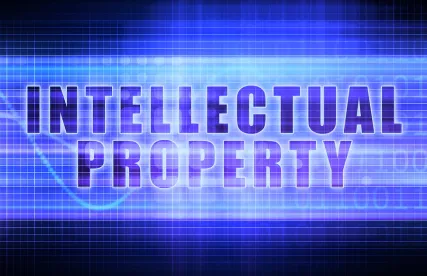A recent opinion from the Northern District of Texas is a reminder to all patent practitioners to heed pleading standards when drafting a complaint for patent infringement. In Lexington Luminance LLC v. Service Lighting and Electrical Supplies, Inc. d/b/a 1000bulbs.com, 3-18-cv-01074 (TXND October 9, 2018, Order), the court denied the defendant, Service Lighting and Electrical Supplies, Inc. d/b/a 1000bulbs.com’s (“1000bulbs”) request to dismiss the case for failure to meet the pleading standard, but granted its alternative request for a more definite statement. The plaintiff, Lexington Luminance LLC (“Lexington Luminance”), is now required to provide a more detailed complaint.
By way of background, Lexington Luminance brought this action against 1000bulbs in April 2018, alleging infringement of a patent directed at semiconductor light-emitting devices and their manufacture. On June 22, 2018, 1000bulbs filed a motion to dismiss the case or, alternatively, for more definite statement. 1000bulbs argued that the complaint failed to meet the “plausible facts” pleading standard laid out by Bell Atlantic Corp. v. Twombly, 550 U.S. 544 (2007) and Ashcroft v. Iqbal, 556 U.S. 662 (2009). According to 1000bulbs, the complaint only set forth conclusory statements that the accused products practice the claims and provided no facts to support those statements.
The plaintiff responded that under the holding of Disc Disease Solutions, Inc. v. VGH Solutions, Inc., 888 F.3d 1256 (Fed. Cir. 2018), its factual allegations were actually sufficient to meet its pleading obligations. According to that case, a pleading in line with Form 18, a pleading example for direct patent infringement claims that has otherwise been abrogated by the Supreme Court, may meet the pleading standard. Disc Disease Sols., 888 F.3d at 1259–60.
The court disagreed, stating that the Federal Circuit specifically pointed out that the Disc Disease case involved simple technology. By contrast, the patent asserted by Lexington Luminance is not a simple technology. Instead, it is directed at the complicated field of “LED light involving a particular structure and chemical composition.” Because of this, the court reasoned that a plausible inference that an accused product meets all of the asserted claims limitations could not be drawn from the conclusory allegations. Accordingly, additional factual information was required.
While the court found the complaint deficient for failing to set forth the factual allegations necessary to meet the pleading requirement, it declined to dismiss the case outright. Instead, the court determined the issue would more properly be resolved by allowing Lexington Luminance to replead.
Lexington Luminance escaped without a dismissal, but this near miss should remind patent practitioners not to take the pleading requirements for granted. Plaintiffs may have to undertake additional legwork before filing a complaint, as a complaint light on facts relating to how the accused products infringe the asserted claims could sink (or at least materially delay) a case before discovery even begins.





 />i
/>i
